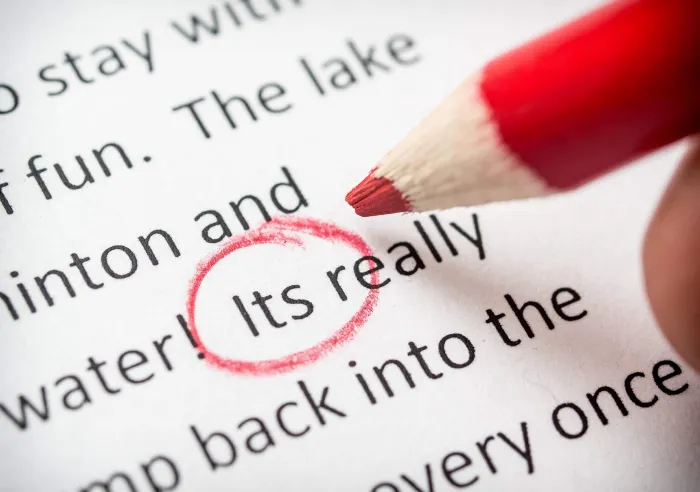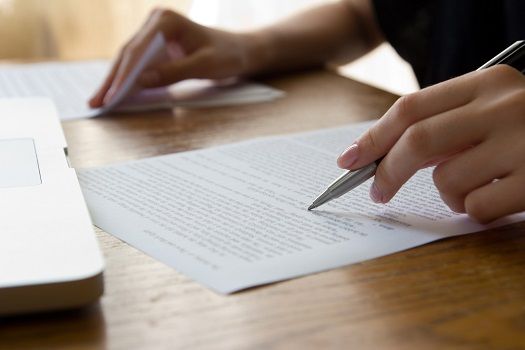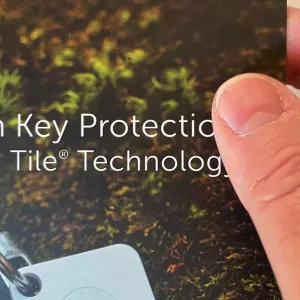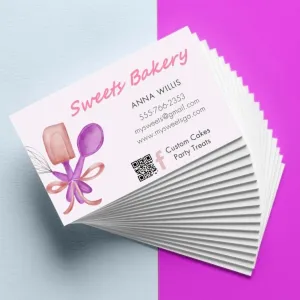Avoid Costly Mistakes: Follow These 10 Tips for Proofreading

estimated reading time: 6 minutes
The High Cost of Small Mistakes
Whether communicating with customers through the use of a catalog,
brochure, postcard, or some other printed document, spelling and grammar
mistakes can negatively impact the perception of a business or brand. Since perception is reality in the eyes of
the consumer, a poor first impression can be very difficult to overcome. This is
why Proofreading is so vitally important.
When a potential customer is presented with print materials that
contain multiple errors, it instantly raises doubts about the issuing company's professionalism. The customer may conclude that if a company cannot effectively
proofread its own communications, it may not be reliable in other areas, such
as delivering on its promises.
After all, the purpose of distributing printed matter to
customers, whether it's marketing pieces or otherwise, is to convey a company's
trustworthiness and expertise. So if the content doesn't demonstrate competency
and attention to detail, customers will then question the overall quality of
the products or services being offered.
In a competitive marketplace, where trust and credibility
are essential, the stark reality is that spelling and grammar mistakes can be detrimental to a company's bottom
line. So, to avoid customers losing confidence in your brand, and also avoid
the risk of a costly reprint, it is essential that you carefully proofread all
written copy prior to submitting the files to your printing company for
production.

Here's 10 Tips for Effective Proofreading
Because consumers often form their initial impression of a business through its written content, we have compiled the following proofreading tips. These tips will help prevent spelling and grammar mistakes from undermining your print materials. As the old adage goes, you only have one chance to make a positive first impression..
1. Let some time pass before starting to proofread
You've just spent a lot of time developing the content, as
well as going through it multiple times. So now it is important to take a
mental break prior to starting the proofreading process. By putting your writing
aside for a day or two before attempting to review it, you will be able to approach
the content with fresh eyes and a clear mind. This will make it much easier to
spot errors.
2. Focus on one concern at a time
To avoid feeling overwhelmed, especially if the written
content is extensive, concentrate on just one type of potential error at a
time. For instance, your first time through the document could focus on grammar
issues. The second time through could be to review punctuation. The third time
could focus on capitalization, the fourth time could check for spelling, etc.
3. Review the content using different formats
One of the biggest issues with proofreading is familiarity.
The more you read and re-read something, the more familiar you become with it.
Pretty soon you are mentally filling in words that aren't there or overlooking
duplicate words that are there. The solution is to create a new perspective so
the text appears less familiar. So instead of just reviewing the text on a computer screen, try viewing it on a different device or printing out a hard copy
to read. Temporarily enlarging the print or changing the font style can also disrupt the
cycle of familiarity and help reveal previously unnoticed errors.
4. Separate the content into manageable sections
Dividing the text into separate sections can make
proofreading a more manageable task. For example, proofread one section and then
take a break before you progress to the next. This will prevent you from
feeling overburdened and will allow you to concentrate more effectively on the
section you are proofreading. This technique is especially helpful for
maintaining focus while proofreading a lengthy document, like a novel, manual,
or other type of book. By the way, if your project is a book, don't forget to proofread
the front matter (copyright notice, table of contents, etc.) as well as the
back matter (index, bibliography, etc.)
5. Use a ruler or pointer for increased focus
Consider using a straightedge, such as a ruler, index card, or
blank sheet of paper, to cover up the printing below the line you are proofreading.
This helps you concentrate on one line at a time so you don't skip over any
potential mistakes. A similar tactic to using a straightedge is to use a pencil
or pen as a pointer. This helps to increase your mental focus as you methodically
move from word to word.
6. Give extra attention to proper nouns
Proper nouns, such as the names of people, companies, streets,
cities, counties, and states require special attention. Not only do proper
nouns have the first letter(s) capitalized, they are often uncommon words with unusual
spellings. Hence, proper nouns always require extra scrutiny and verification. Numbers,
such as zip codes, phone numbers, page numbers, quantities, statistics, and dates
should also be confirmed during the proofreading phase.
7. Be mindful of homophones
Homophones are words that are pronounced exactly the same,
but have different spellings and meanings. Some examples of commonly confused
homophones include there-their-they're, your-you're, to-two-too, and its-it's. Homophones
can be tricky because a spell checker won't catch them. This is because they
are usually spelled correctly, even though the context in which they are used might
be grammatically incorrect.
8. Read the text out loud
Reading your document aloud forces you to voice every single
word, which helps identify repetitive words, missing punctuation, and awkward
phrasing. Also, because this technique brings
your auditory senses into the process, you can hear how the text actually
sounds when it is read, thus allowing you to better assess the flow and
coherence of the writing.

9. Enlist the help of others
When we proofread our own work, there is a tendency to
visualize what we intended to write rather than the words we actually put down.
This can allow errors to slip through. For this reason, it is always a good
idea to ask some trusted colleagues or acquaintances to review your work.
Because they won't be as familiar with the content as you are, their fresh
approach will enable them to catch errors that you might have missed.
10. Don't be in a rush
Proofreading is a meticulous process. The more time you
dedicate to it, the higher the quality of the finished product will be.
Needless to say, rushing through the proofreading process increases the
likelihood of overlooking errors. So to ensure your written content is of the
highest quality, allocate sufficient time to thoroughly review the document.
Effective proofreading is a critical aspect of producing
high-quality written content. By implementing the tips above, you can consistently
deliver error-free documents that are polished and impressive.
Choose Color Vision for your next print project!
Since 1984, Color Vision has been producing quality printing at affordable prices. We offer both offset and digital printing services, so we can assist with just about any print project you may have. So whether you need custom printed books, catalogs, brochures, maps, postcards, menus, business forms, or any other type of printing, be sure to get in touch with us.
By the way, if you have a current print project and would
like a quote, use our simple Quote Request form to send us your specifications
and we will be happy to send you a quote via email. Or, if you prefer to
discuss your project by phone, we can be reached at 800-543-6299.
As always, we look forward to assisting with
your custom printing needs!
Related Articles

Serif vs Sans Serif Fonts: Which to use for a Print Project?
Read This Article

7 Interesting Facts you might not know about Offset Printing
Read This Article

Print Marketing: Exploring the Allure of a Soft Touch Finish
Read This Article

Business Card Printing: 5 Common Mistakes to Avoid
Read This Article